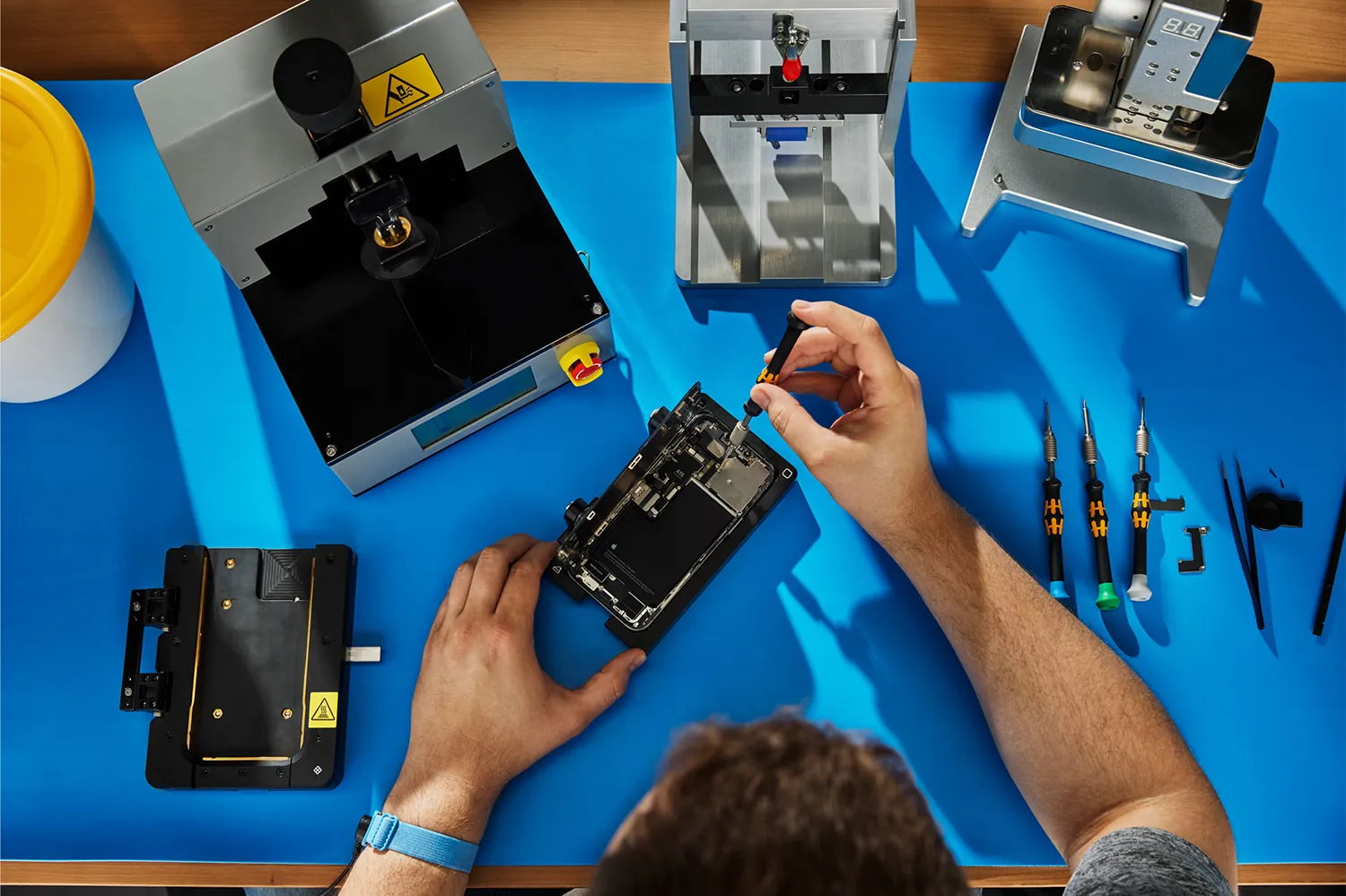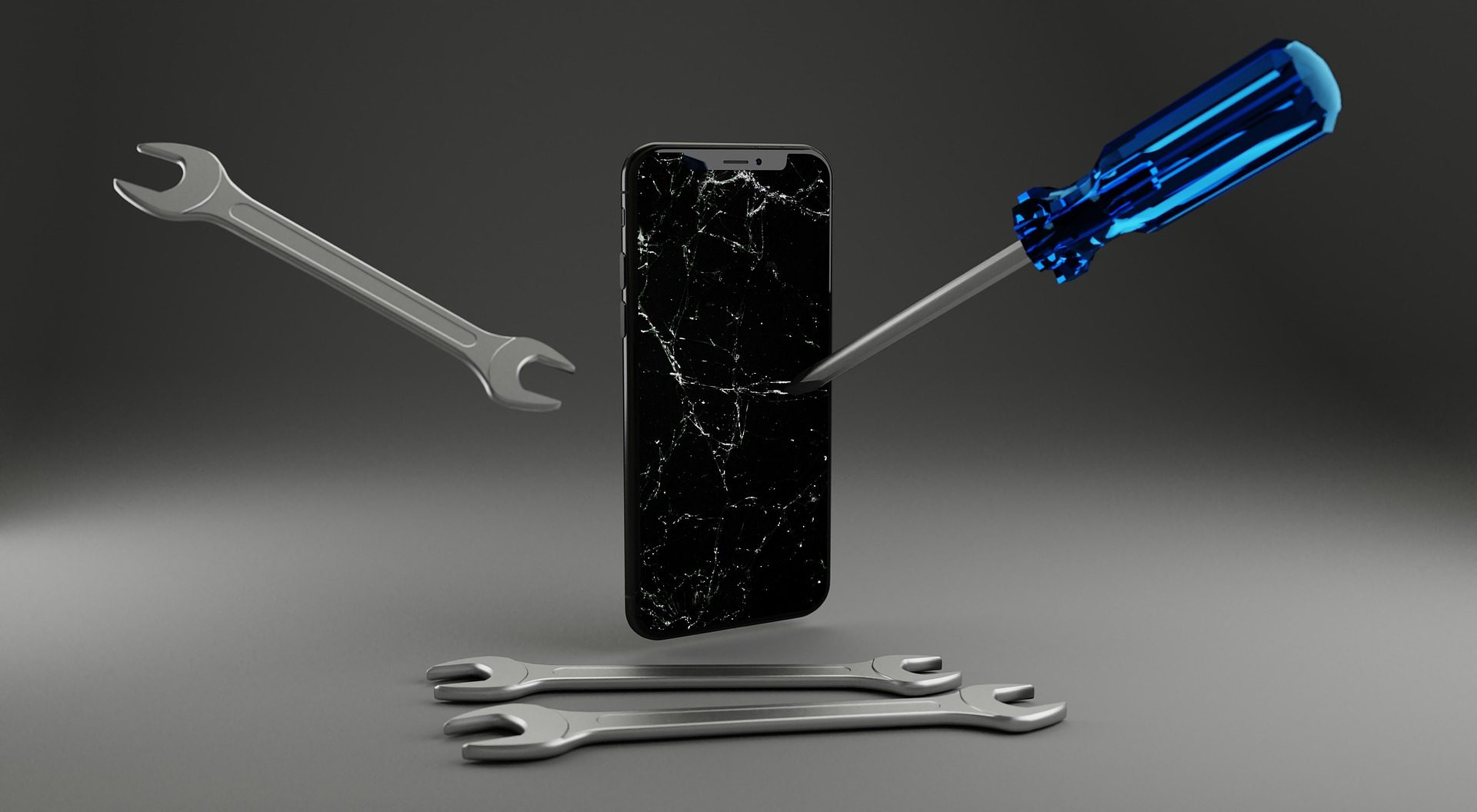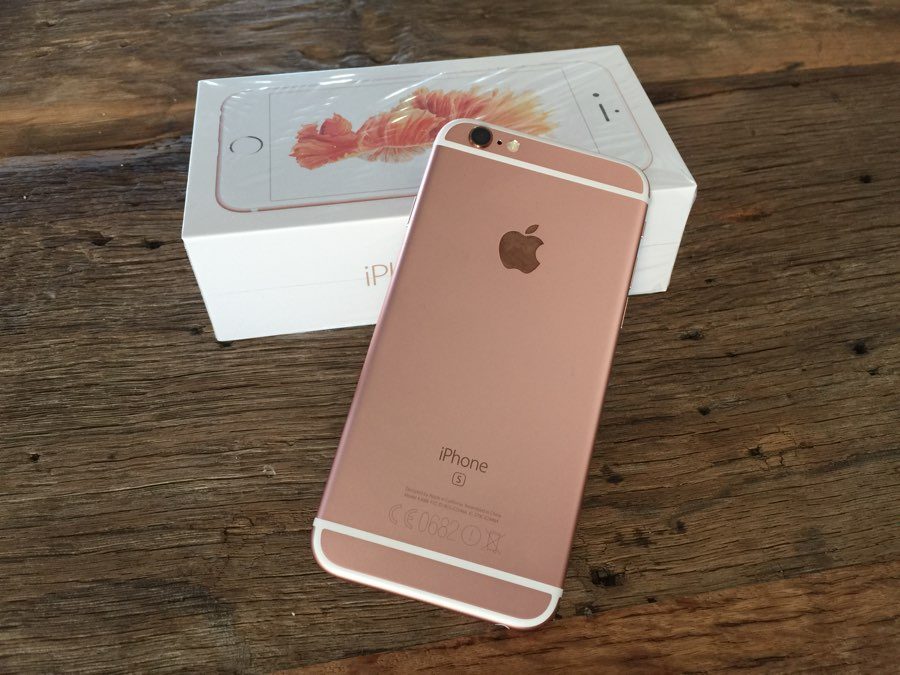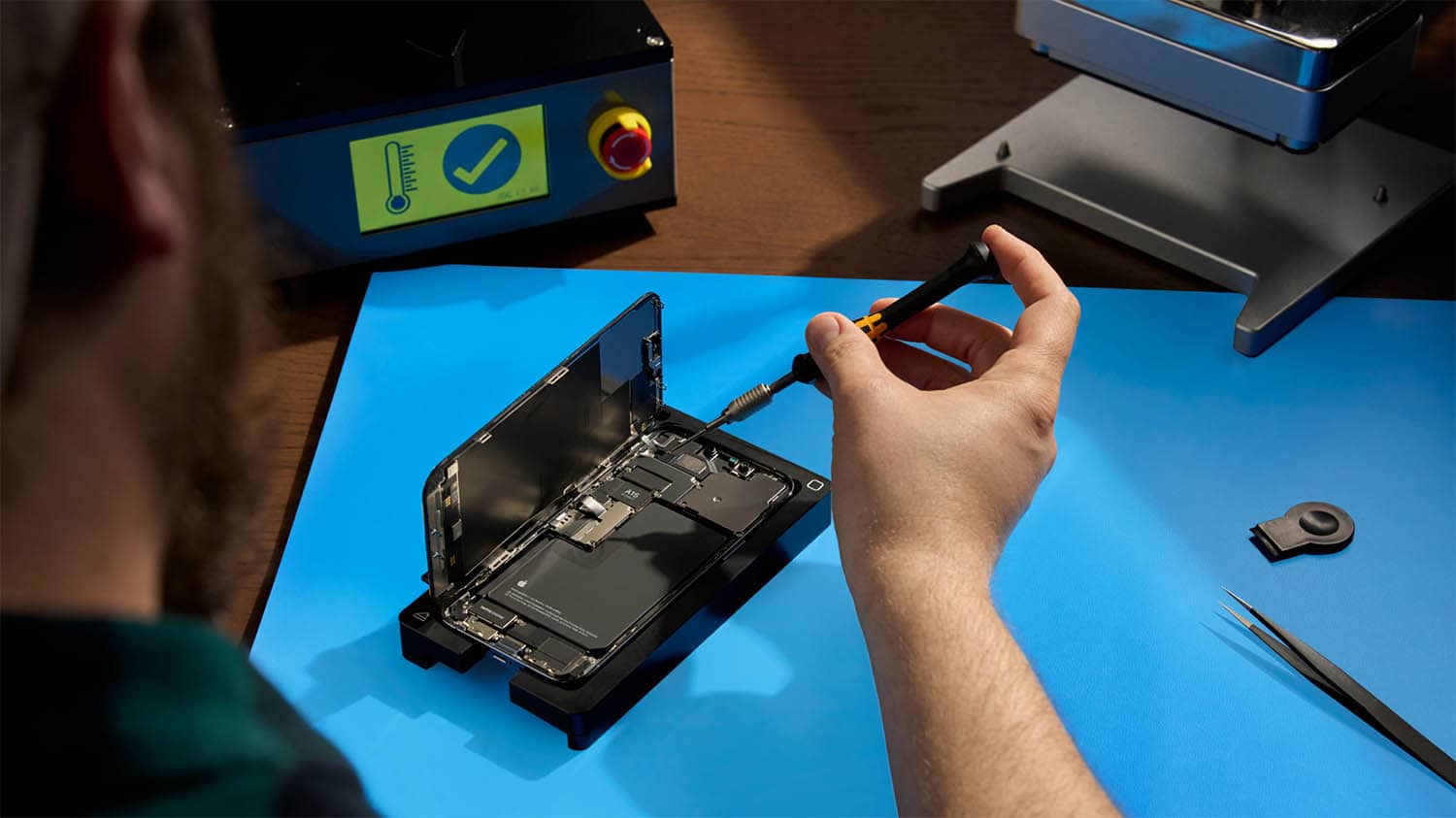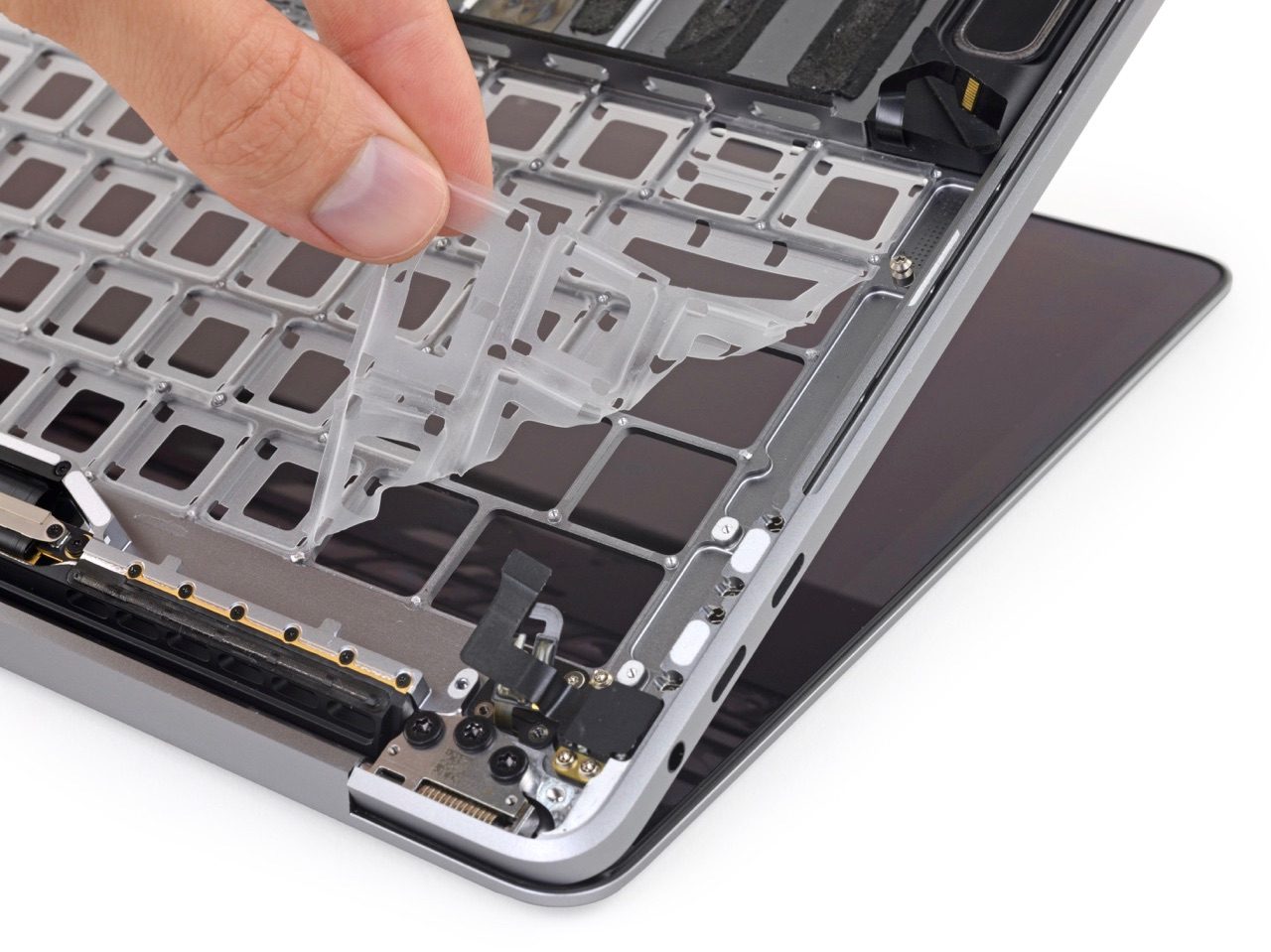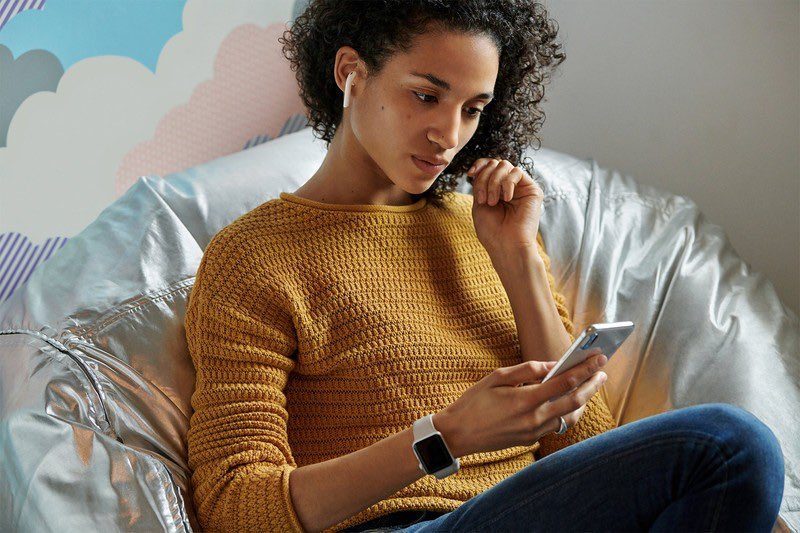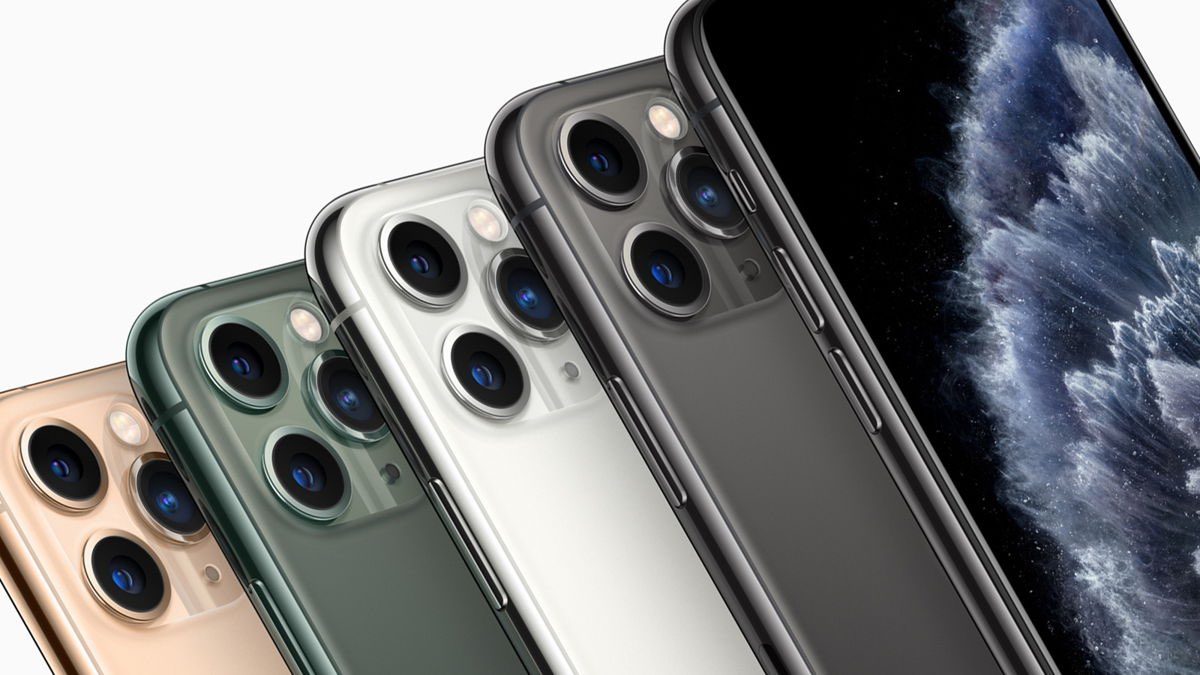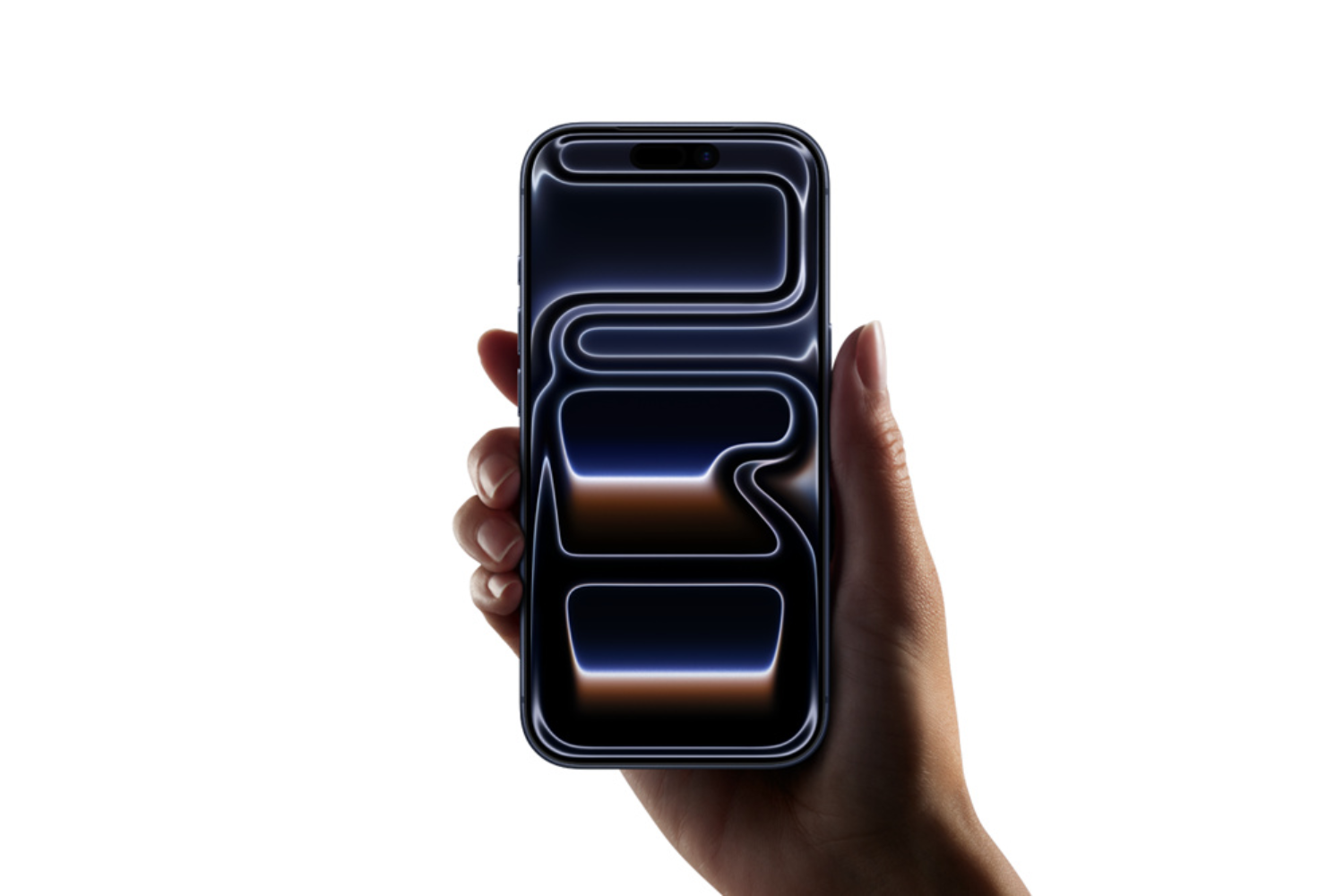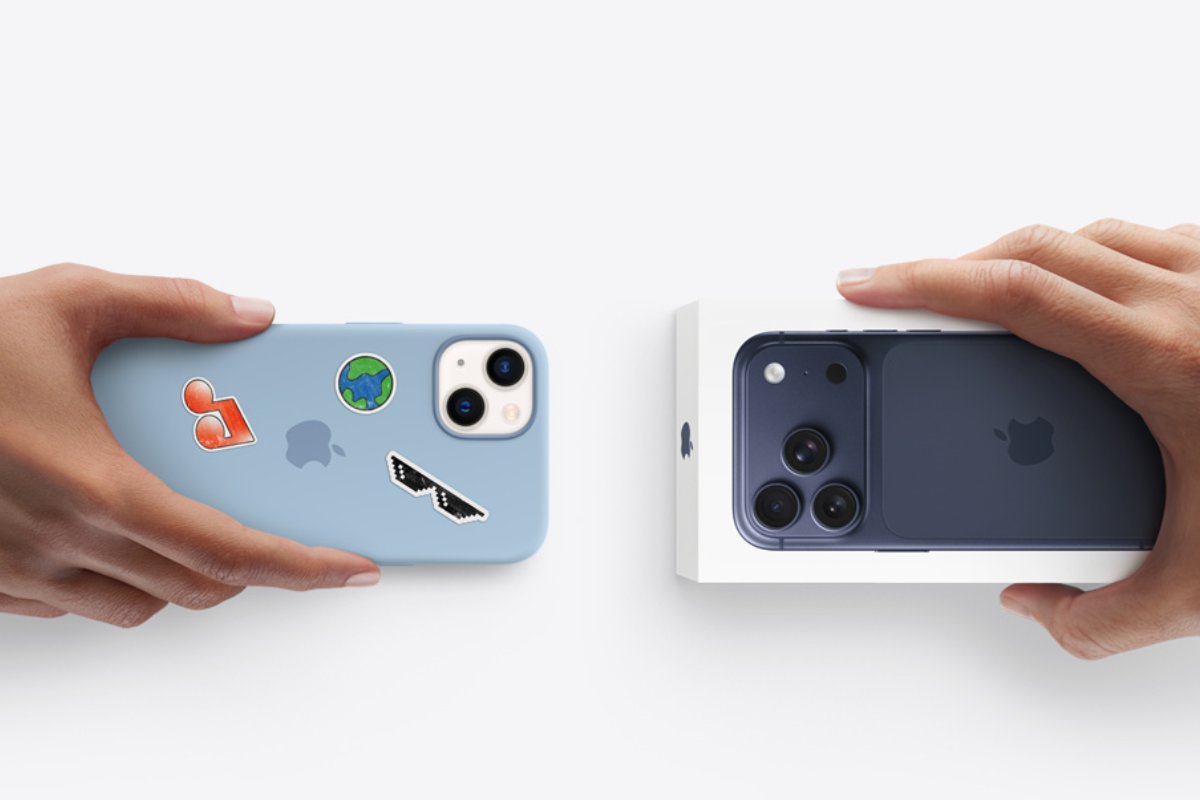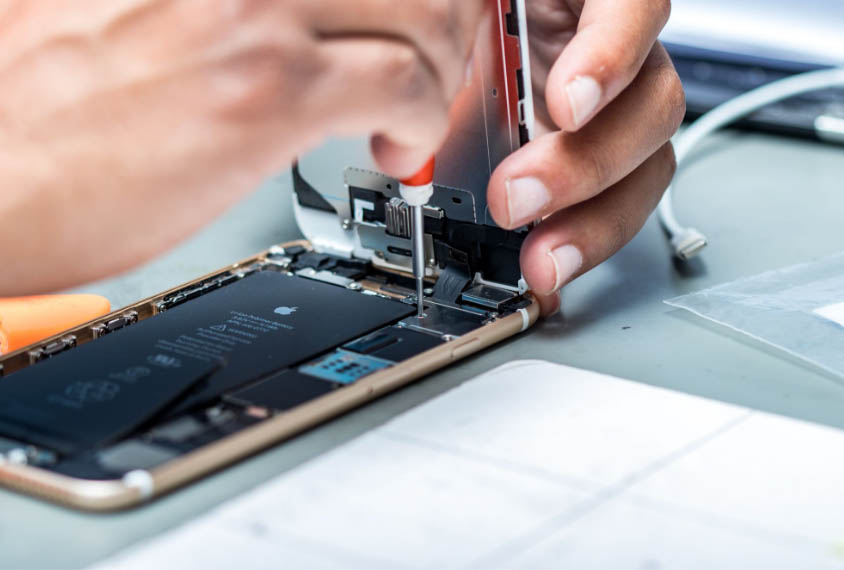Apple heeft sinds enige tijd het Self Service Repair-programma, dat sinds afgelopen december ook in Nederland beschikbaar is. Je kan daardoor zelf je eigen iPhone fixen, door nieuwe onderdelen te bestellen bij de speciale onderdelenshop. Maar binnenkort ben je voor reparaties niet meer afhankelijk van deze nieuwe, originele onderdelen. Doordat Apple gebruikte, originele onderdelen toe gaat staan, zijn er meer opties om onderdelen te vervangen en is dit beter voor het milieu.
Gebruikte onderdelen voor iPhone-reparatie
De nieuwe maatregel geldt niet alleen voor reparaties die je zelf uitvoert, want ook reparaties door onafhankelijk reparatiewinkels kunnen gebruikte Apple-onderdelen ter vervanging bij een defect gebruiken. Apple belooft dat deze gebruikte onderdelen dezelfde werking en beveiliging geven als nieuwe onderdelen.
Tweedehands onderdelen voor biometrische verificatie (zoals Face ID en Touch ID) kunnen vanaf later dit jaar gebruikt worden in een reparatie bij bepaalde (nog niet nader genoemde) iPhone-modellen. Vanaf dan is er ook kalibratie mogelijk voor zowel nieuwe als gebruikte onderdelen. Deze kalibratie wordt lokaal op het device zelf uitgevoerd. Ook toekomstige iPhones zullen ondersteuning bieden voor gebruikte sensoren voor biometrische verificatie.
De onderdelen moeten wel origineel zijn voordat ze goed en veilig kunnen functioneren in de te repareren iPhone.
In het verleden controleerde Apple bij vervanging van onderdelen of deze wel oorspronkelijk bij het device hoorde. Bij een onofficiële schermvervanging kon bijvoorbeeld Touch ID of Face ID worden uitgeschakeld. Ook waren cameralenzen soms niet onderling uitwisselbaar tussen vergelijkbare modellen, omdat de onderdelen niet hoorde bij het te repareren toestel.
Het is nu ook niet meer nodig om het serienummer door te geven bij het bestellen van nieuwe onderdelen via de Self Service Repair Store, tenzij er sprake is van het vervangen van het moederbord.
Activeringsslot op gestolen iPhones
Apple heeft ook een maatregel genomen om te voorkomen dat onderdelen van een gestolen iPhone gebruikt kunnen worden bij reparaties. Het Activeringsslot wordt namelijk ook gebruikt om te voorkomen dat gebruikte onderdelen kunnen worden gekalibreerd met de te repareren iPhone. Dit geldt ook als de originele iPhone in de verloren modus staat.
Apple laat ook in de instellingen een historie zien van vervangen of gerepareerde onderdelen bij elke iPhone. Daar zie je dan ook of het vervangen onderdeel nieuw of tweedehands was. Zo weet je als koper van een tweedehands iPhone ook waar je aan toe bent.
April 11, 2024
UPDATE
Apple to expand repair options with support for used genuine parts
New parts calibration process will begin this fall; Activation Lock to limit use of parts from lost or stolen devices
Today Apple announced an upcoming enhancement to existing repair processes that will enable customers and independent repair providers to utilize used Apple parts in repairs. Beginning with select iPhone models this fall, the new process is designed to maintain an iPhone user’s privacy, security, and safety, while offering consumers more options, increasing product longevity, and minimizing the environmental impact of a repair. Used genuine Apple parts will now benefit from the full functionality and security afforded by the original factory calibration, just like new genuine Apple parts.
“At Apple, we’re always looking for new ways to deliver the best possible experience for our customers while reducing the impact we have on the planet, and a key part of that means designing products that last,” said John Ternus, Apple’s senior vice president of Hardware Engineering. “For the last two years, teams across Apple have been innovating on product design and manufacturing to support repairs with used Apple parts that won’t compromise users’ safety, security, or privacy. With this latest expansion to our repair program, we’re excited to be adding even more choice and convenience for our customers, while helping to extend the life of our products and their parts.”
The process of confirming whether or not a repair part is genuine and gathering information about the part — often referred to as “pairing” — is critical to preserving the privacy, security, and safety of iPhone. Apple teams have been hard at work over the last two years to enable the reuse of parts such as biometric sensors used for Face ID or Touch ID, and beginning this fall, calibration for genuine Apple parts, new or used, will happen on device after the part is installed. In addition, future iPhone releases will have support for used biometric sensors. And in order to simplify the repair process, customers and service providers will no longer need to provide a device’s serial number when ordering parts from the Self Service Repair Store for repairs not involving replacement of the logic board.
Apple will also extend its popular Activation Lock feature to iPhone parts in order to deter stolen iPhones from being disassembled for parts. Requested by customers and law enforcement officials, the feature was designed to limit iPhone theft by blocking a lost or stolen iPhone from being reactivated. If a device under repair detects that a supported part was obtained from another device with Activation Lock or Lost Mode enabled, calibration capabilities for that part will be restricted.
As device longevity increases, Apple believes it’s important that a device’s second or third owners have access to its full part and repair histories. With Parts and Service history, located within Settings on iOS, Apple is the only smartphone company that transparently shows owners whether their device has been repaired and provides information about the parts used. This fall, Apple will expand Parts and Service History to additionally show whether a part is a new or used genuine Apple part.
This upcoming enhancement to Apple’s repair processes is another step forward in the company’s commitment to improving access to safe and affordable repairs. In the last five years, Apple has nearly doubled the number of service locations with access to genuine Apple parts, tools, and training to more than 10,000 Independent Repair Providers and Apple Authorized Service Providers. For those who have the relevant experience repairing electronic devices, Self Service Repair gives access to the manuals, genuine Apple parts, and tools used at Apple Store and Apple Authorized Service Provider locations. Launched in 2022, Self Service Repair now supports 40 Apple products in 33 countries and regions, and 24 languages.
